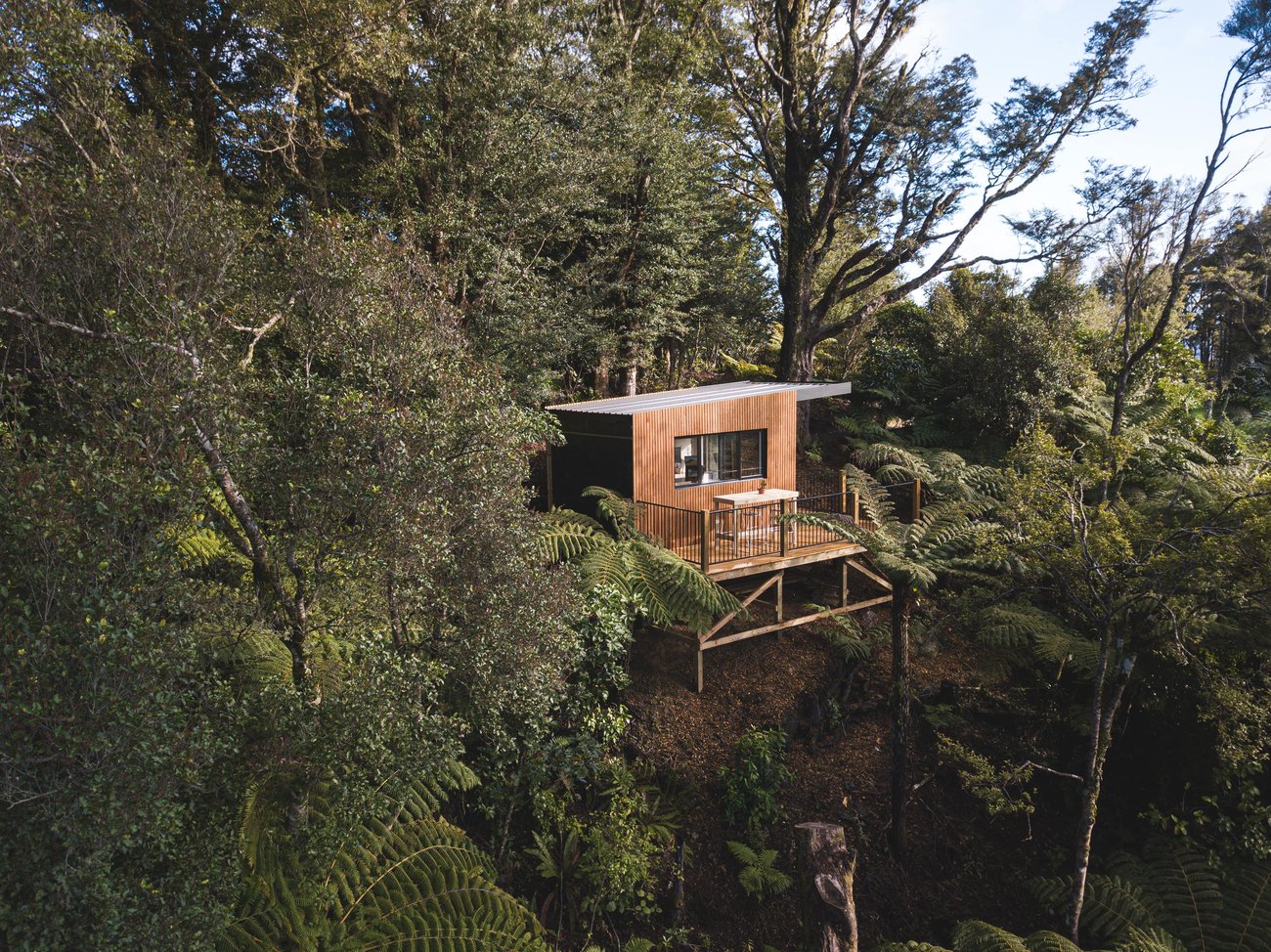
Located in the middle of the bush, StudioC is making major design moves in the industry all while promoting the process of co-design. We sit down with Celeste Skachill, co-founder of StudioC to talk about how the studio is navigating and moving through traditional design in its own way.
Realising the corporate, nine-to-five lifestyle didn’t align with their life, Skachill and her partner, Glen decided to ditch their jobs and investigate building their own creative space.
Looking at the industry, Skachill realised there was no place that “would give me the creative variety or work style I crave”.
“So, I thought I would just create it,” she says.
“Covid has reshaped the way people work and I wanted to champion that at StudioC.”
This was the beginning of a journey for Skachill and Glen to create StudioC that fit their creative desires and varieties, something she found was lacking in the industry.
Within a month, Skachill and Glen had built a studio from scratch, all by themselves despite not having built anything before, in the middle of the forest.
“We did everything ourselves, learned how to drive the digger, built the studio, we found the doors and got them cheap from an old villa. The window is recycled from an old house too, we only had a month, so Glen fell asleep painting it and we didn’t have an architect or a team of builders,” she says.
“Glen’s an engineer and I’m a designer, which brings together a good complimentary mix of practical, functionality with ideas and aesthetics. Together we’re the dream team but learning how to work together at first was hard.”

Skachill says she wanted to build a studio that facilitated her creative space, championing the design process she is heavily passionate about – co-design.
Co-design as a design process which focuses greatly on a deep collaboration between the client and designer. A different approach compared to the rest of the industry.
Read more: Behind the design: Canterbury of New Zealand goes back to their roots.
“The process of co-design can be seen as walking the full journey from start to finish with our clients,” she says.
The StudioC design process first begins with research, with Skachill saying this is the time where they get to know the clients, run workshops with them and the general public, identifying the key problems and posing the question ‘what is the problem you are trying to solve?’.
Skachill adds that working with people in the design process is the “biggest source of inspiration” and is the “backbone” for the project.

Skachill says the next step is the creative delivery. Through creative delivery, StudioC and the client collaborate to find out what is the best creative means to help or approach the message.
The space they have created in the middle of the bush serves as a place of meeting with the people they work with, with Skachill saying that it is their “recipe for success”.
“It is energising and refreshing talking to communities in nature as it helps with creativity,” she says.
Over the past few years, Skachill and StudioC have seen great success, working with companies such as WorkSafe, Te Papa Museum, Zelandia, Ministry of Health and more.
Skachill says they enjoy working on projects with other purpose-led teams as it best fits their work ethic.
The team at StudioC has since grown to a team of six, including a work dog and there are plans to create a larger studio, similar to the one in the bush, to facilitate bigger groups.




